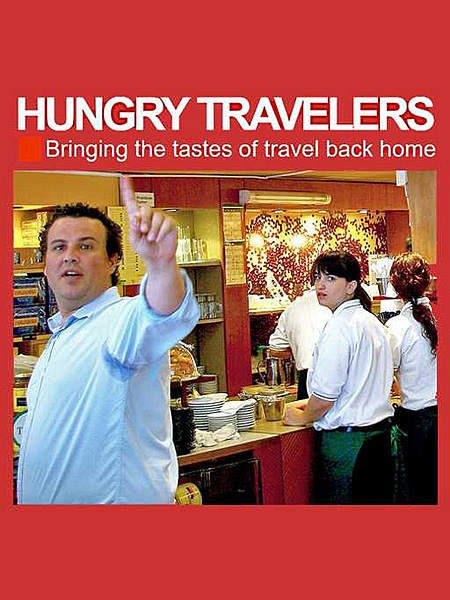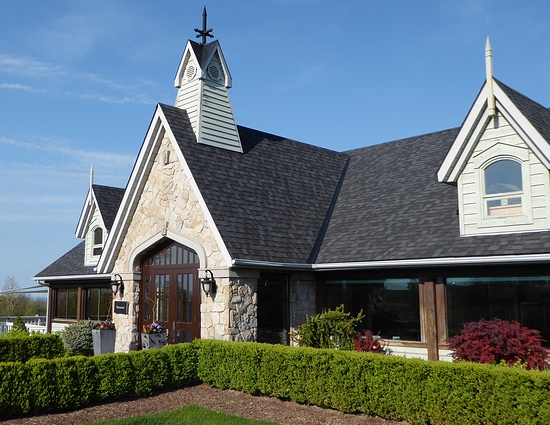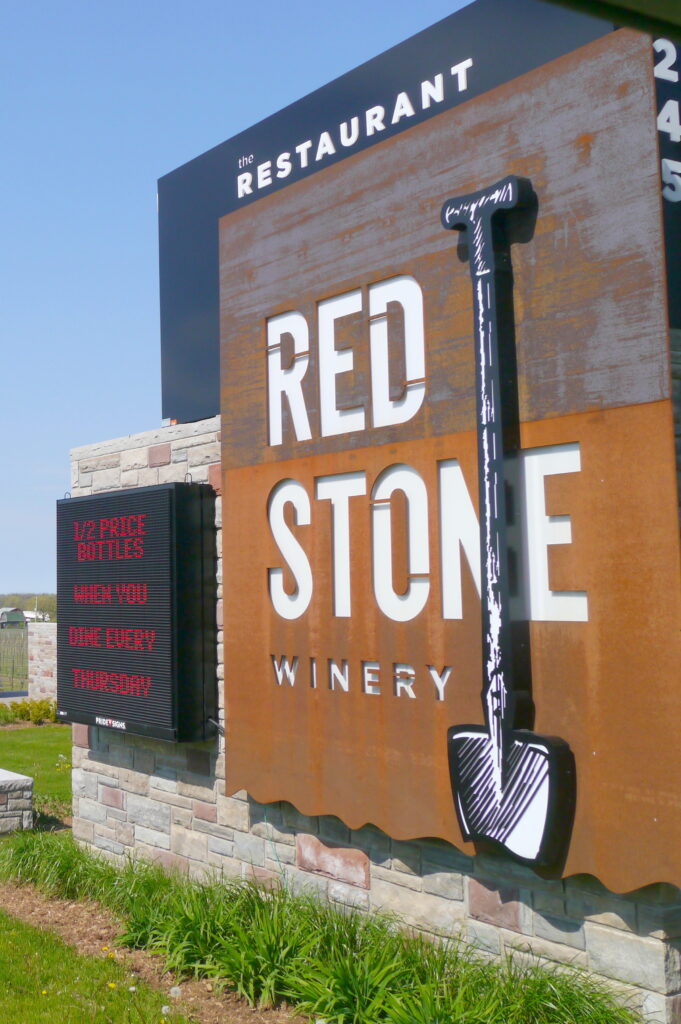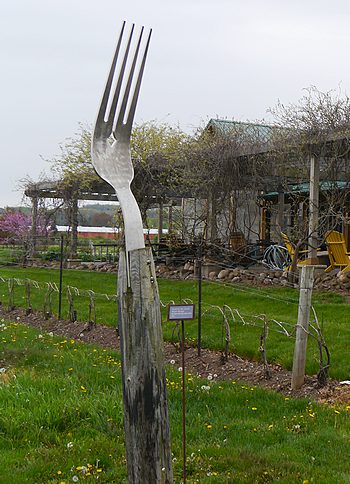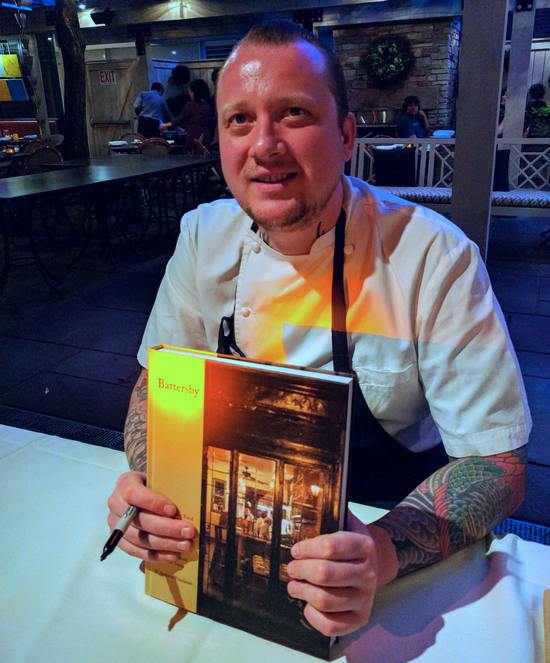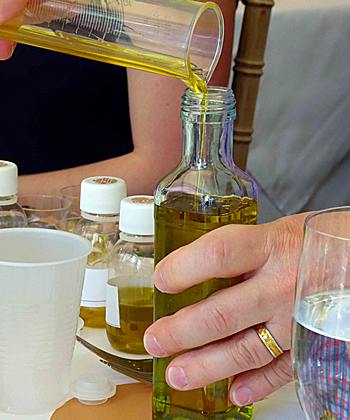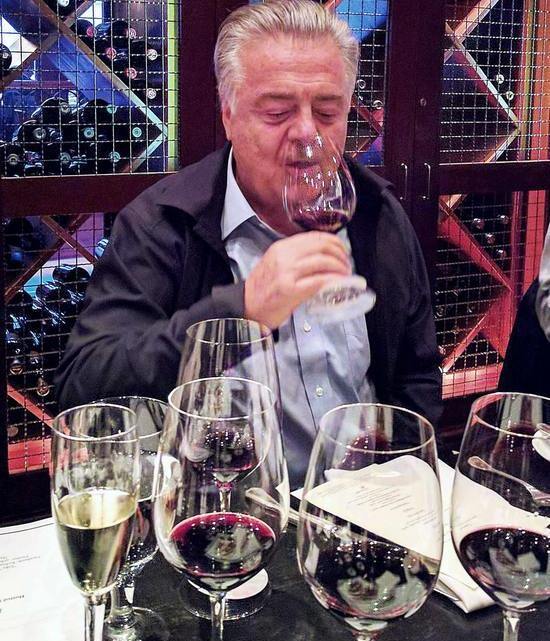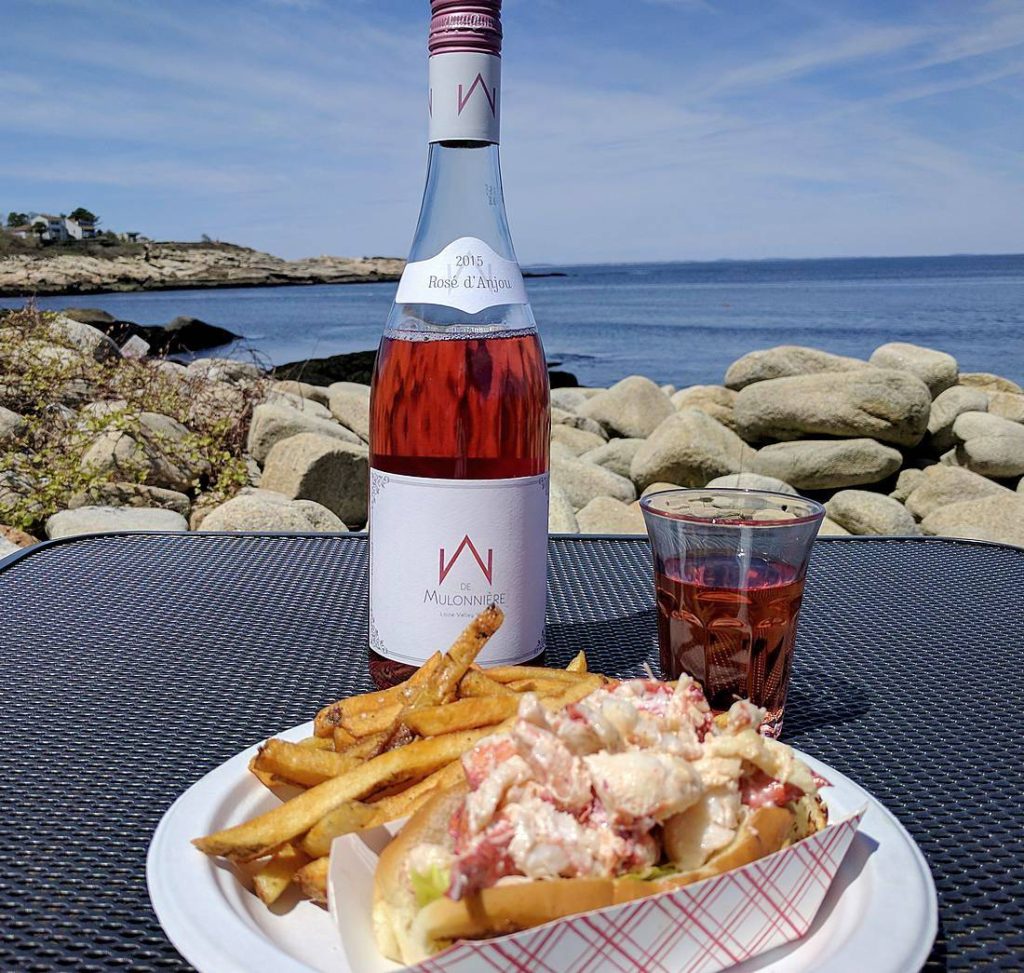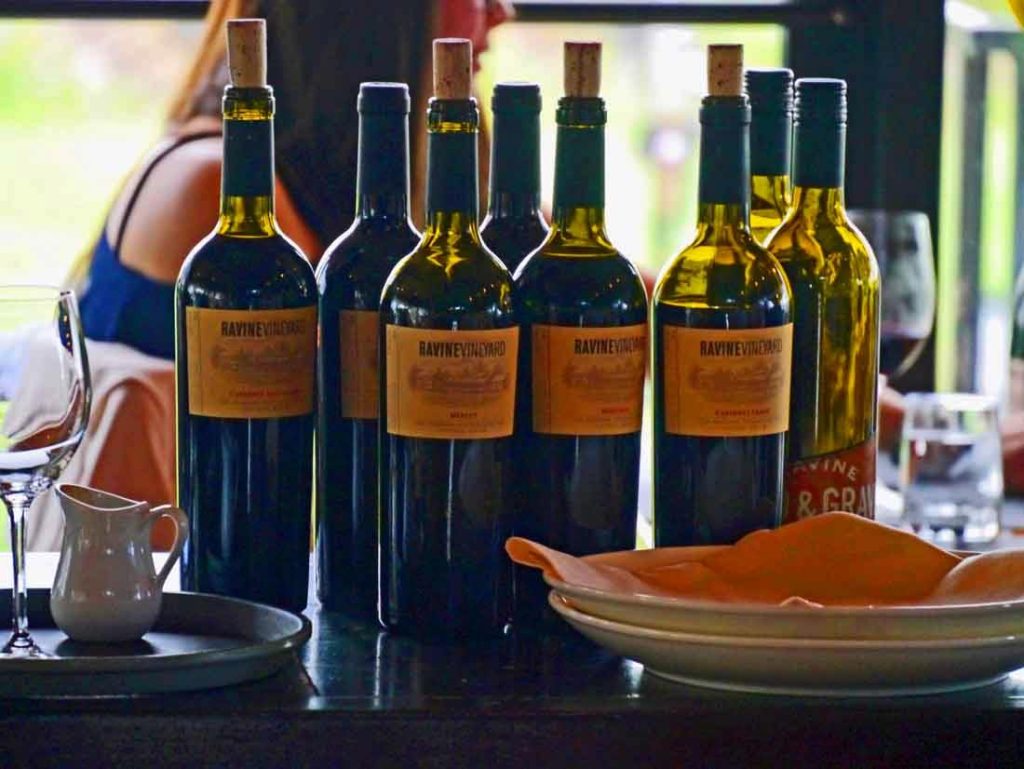
Realizing a 150-year dream: Ravine Vineyard Estate
Norma Jean Lowery Harber's family has farmed the 34 acres of Ravine Vineyard Estate (ravinevineyard.com) in St. Davids since 1867. Indeed, her great-grandfather planted the Niagara region's first commercial vineyard here in 1869 and the land was in orchards for many decades. Norma Jean and her husband Blair Harber bought the farm from the rest of the family in 2004. They set about creating organic vineyards and an organic winery. Norma Jean's father had grown wine grapes, and the couple replanted vineyards to focus on the three classic Bordeaux reds (Merlot, Cabernet Sauvignon, and Cabernet Franc) along with Chardonnay, Riesling, and small amounts of Gewürtztraminer. The wines are reason enough reason to visit Ravine. As luck had it, we missed the tasting room hours. But...Read More
